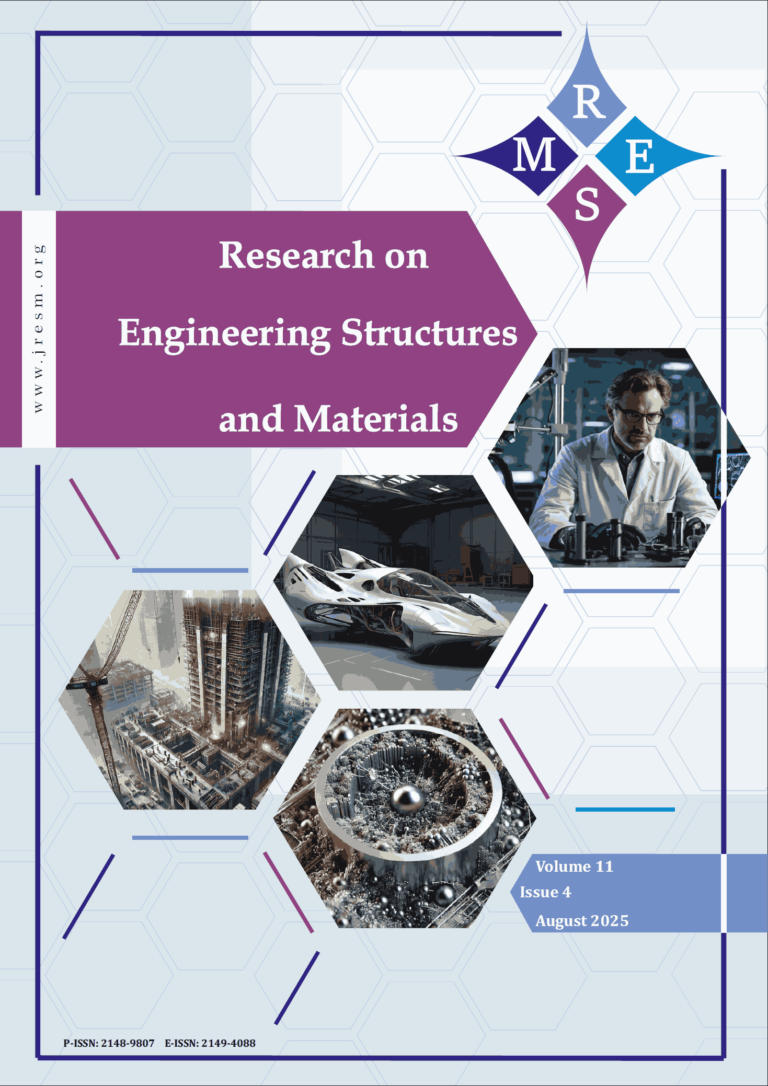The durability of concrete is a major concern for civil engineering professionals, a concern that is amplified by the considerable impact of climate change and environmental factors. This issue becomes critical for infrastructure located along maritime and river foreshores. These structures are constantly exposed to a series of aggressive agents, including chemical and mechanical actions, as well as variations in temperature and humidity. Therefore, to maintain the sustainability of these structures, a set of mineral additives and pozzolans is added to the concrete formulation to improve performance and extend the service life of concrete structures. With the emergence of Industry 4.0, the construction sector has undergone a profound transformation through the integration of various digital technologies throughout the entire project life cycle, from design to implementation. These technologies include BIM, modeling, artificial intelligence, automation, 3D printing, and optimization of concrete formulations. This technological shift has enabled significant advancements in material management and the enhancement of concrete durability. Leveraging alternative additives and AI technology, we can develop robust, environmentally friendly concrete that excels in challenging environments, delivering optimal results in terms of cost, time, and performance. The objective of this work is to demonstrate the potential of AI tools in optimizing concrete formulations by identifying the most effective combinations of additives, materials, and dosages to mitigate the effects of environmental aggressions on structures in maritime environments.
